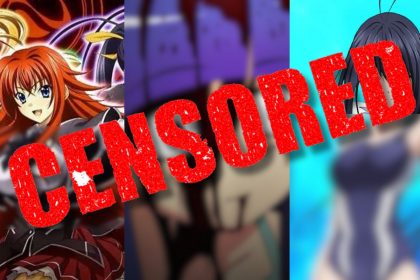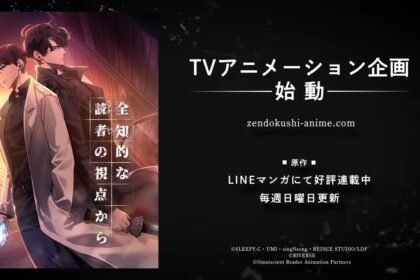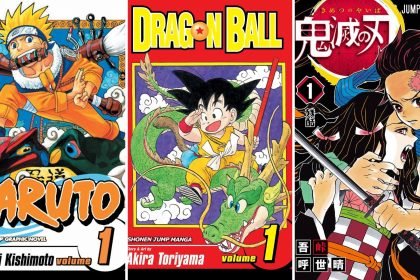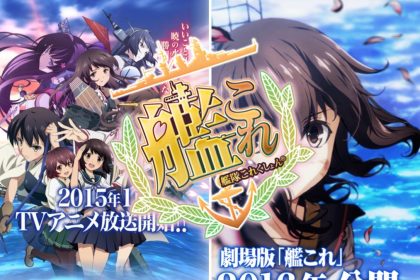The world of manga has always been a vast and diverse landscape, teeming with stories that span across various genres. One such genre that has gained significant traction over the years is Isekai. Isekai, a term that translates to “another world” or “different world,” is a sub-genre of Japanese fantasy literature, manga, anime, and video games revolving around a normal person from Earth being transported to, reborn, or trapped in a parallel universe, often a fantasy world.
In the early years, references to roleplaying games in manga were scarce. The few manga that did reference games were often literary expressions of the storylines of popular computer games, such as “The Legend of Zelda – Ocarina of Time” and “Rayearth.” These manga series were part of what is known as gamic media mixes, a process of publishing manga and anime versions of game plots that began in the 1980s.
However, a significant shift occurred in the Isekai genre post-2010. The majority of Isekai manga that emerged after this period were set in worlds based on different types of roleplaying games, including shônen action games, otome romance games, dating sims, and battle royales. The most prominent of these were the shônen action games and otome romance games.
Shōnen Roleplaying Games
Between 2010 and 2012, three portal-quest isekai manga series began publication that would significantly influence the genre. These series were “Sword Art Online,” “Log Horizons,” and “This world is a game, but only I know.” In each of these series, a young male protagonist enters a roleplaying game that they regularly play. However, instead of merely carrying out the role of a player of the game, the protagonists initiate and participate in new stories that differ from the plots of the games.
These three series marked the beginning of a wave of gamic shônen isekai manga that has come to dominate the isekai genre. The rise of isekai as a search term for a literary genre that occurred at this time suggests that these series, along with the large number of light novels with similar game-related plots, established what was initially meant by isekai manga.
The Grand Nonnarrative of Isekai Manga
Isekai manga can be seen as a collection of small narratives created from a grand nonnarrative. There is no overarching narrative to isekai stories. Instead, the hundreds of individual stories follow a common set of plot points, such as life prior to entering the isekai, entering the isekai, the nature of the isekai, transformations of the protagonist, and motivations in the isekai. These stories only differ in the specifics of how these elements occur.
The specifics are either borrowed from earlier isekai stories or are variants of earlier works. As a result, the reader of isekai stories has the expectation that plots, tropes, characters, and character designs will be drawn from a common tradition.
In this context, a survey of the hundreds of portal-quest isekai manga series can identify the structure of plot elements, specific types of characters, and characteristics of these characters that make up the grand nonnarrative for isekai stories. This is done based on the basic plot structure of the portal-quest story, the empirical identification of regularly occurring elements, and the organization of the characteristics of the elements using a multitiered database. The individual manga series would then appear as a specific set of selections from the database.
Further Readings: Fantasy Genre and Its Alluring Genre in Anime and Manga
The Structure of Isekai Stories
The structure of isekai stories is often influenced by the demographics of the protagonist. The assumption here is not that protagonist demographics fully determine reader demographics for all manga or even all isekai manga. However, reader identification with the protagonist suggests that authors intending to target a specific demographic would both choose a protagonist similar to that of the target audience and select story elements known, or suspected to be, of interest to the target audience. Thus, protagonist demographics could serve as a marker for story elements chosen to attract specific demographics.
As discussed in the source document, the survey results clearly show that protagonist demographics are correlated with the type of world in a manga (otome vs. shônen), how the world is entered, and the motivation of the protagonist in the isekai. Female readers are more likely to be attracted to stories set in otome worlds, and male readers to shônen worlds. Adults are more likely to see death as the only way to leave the real world and are more likely than teenagers to desire a life of ease. Teenagers expect to be summoned but are suspicious of the summoners.
The Protagonist’s Journey
The journey of the protagonist from the real world to the isekai is a crucial part of the narrative. The protagonist receives gifts or cheats upon arrival in the isekai in two-thirds of the manga series. Beyond these gifts or cheats, protagonists have the advantage of knowledge from a life in modern Japan in an isekai that is usually pre-industrial. In 14 percent of the stories, the protagonist enters a game known to the protagonist. In such cases, the protagonist has specific knowledge of the isekai’s characteristics and in some cases future events in the isekai.
Once in the isekai, the protagonist’s behavior is subject to external forces such as finding food and shelter, avoiding threats, and negotiating life with isekai inhabitants.
Stories
A small number of stories, seven percent, simply focus on survival; however, in the remainder of the stories, the protagonist makes choices on how to live. In the computer games, motivations are sometimes defined in terms of a quest, and in 20 percent of the isekai manga, the protagonist adopts a quest. The more common motivation, however, is to fulfill personal desires that the protagonists bring with them from their lives in the real world.
These include living an easy life (a life without stress, farm life, rural village life, or living in luxury) or achieving a personal goal (becoming the strongest magician, finding personal security, or creating a harem). These occur in 53 percent of the stories, and protagonists who were adults in the real world are motivated by personal desires more often than those who were teenagers. In five percent of the stories, the protagonists choose simply to help people. Three percent follow antisocial motivations such as becoming a sexual predator or enacting violent revenge. A larger fraction of male teenagers falls into this last category than adults or female teenagers.
Motivations in the Isekai
The motivations of the protagonist in the isekai are a crucial part of the narrative. These motivations often stem from the protagonist’s experiences in the real world. For the fans of isekai stories, the goal in entering the isekai is to achieve redemption, or liberation, from life in the real world. Few of the isekai protagonists show much interest in returning home.
Conclusion
In conclusion, the world of Isekai manga is a fascinating landscape filled with diverse narratives that revolve around the concept of a parallel universe. The genre has evolved over the years, with a significant shift occurring post-2010. The narratives are often influenced by the demographics of the protagonist, the type of world in the manga, and the motivations of the protagonist in the isekai. Despite the diversity in narratives, there is a common set of plot points that are followed, creating a grand nonnarrative that defines the genre.
FAQs
- What is Isekai manga?
- Isekai is a sub-genre of Japanese fantasy literature, manga, anime, and video games revolving around a normal person from Earth being transported to, reborn, or trapped in a parallel universe, often a fantasy world.
- What marked the beginning of the wave of gamic shônen isekai manga?
- The publication of “Sword Art Online,” “Log Horizons,” and “This world is a game, but only I know” between 2010 and 2012 marked the beginning of a wave of gamic shônen isekai manga.
- What is the grand nonnarrative of Isekai manga?
- The grand nonnarrative refers to the common set of plot points that are followed in Isekai stories, creating a common tradition that defines the genre.
- How does the protagonist’s demographics influence the Isekai story?
- The protagonist’s demographics often influence the type of world in the manga, how the world is entered, and the motivation of the protagonist in the isekai.
- What are the common motivations of the protagonist in the Isekai?
- The common motivations include fulfilling personal desires brought from their lives in the real world, adopting a quest, or simply helping people. Few protagonists show much interest in returning home.













